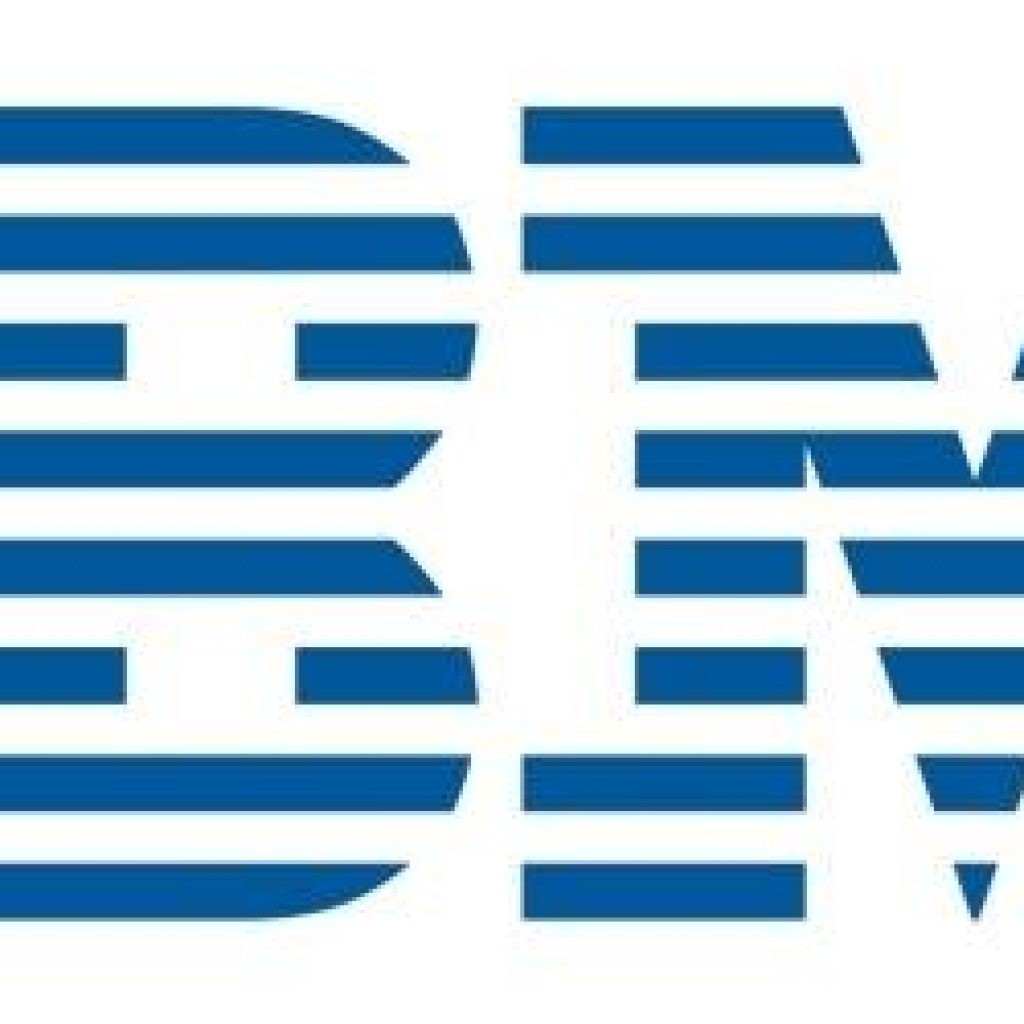(IBM.Blog) The IBM team now has defined an aggressive roadmap toward a 1,121-qubit machine and beyond—but we need to rethink our software if we hope to maximize the power of what cloud-based quantum computing can do.
Our team is embarking on a journey toward dramatically more efficient execution of quantum workloads. Real workloads require interactions between quantum and classical processors. This is neither surprising nor a novel statement, as even “traditional” quantum algorithms like Shor’s algorithm have this structure. However, the advent of near-term applications, such as variational methods, has elevated the importance of efficient execution of jobs with this interactive structure in its inner loop.
We’re re-thinking the hardware and software architecture of IBM Quantum systems to efficiently handle jobs containing both near-time and real-time elements. For the near-time domain we are exploring concepts for a new runtime that would allow for program execution on classical resources co-located with our quantum hardware. This model removes trips between the user’s computer and the quantum hardware for interactive programs, offering significant speed advantages. These programs will be re-usable, allowing people to invoke them many times with different input parameters. We will have more to say about this runtime as we refine our ideas through several iterations of prototypes, but they will define what we are calling a quantum node, which will be the core of future quantum systems showing that a quantum system comprises of quantum processors, software and hardware control stack, and classical computation resources.
For the real-time domain, we are proposing a significant update to the OpenQASM quantum assembly language. This new OpenQASM3 allows for description of a much broader family of circuits containing concurrent classical computation. This is a critical capability to master as we build toward error-mitigated and error-corrected quantum computation. It requires more than just new syntax for circuit construction, though, but also significant changes in the software and hardware control stack that compiles and executes OpenQASM3 circuits. This work is already under way.
IBM Team Rethinking Quantum Systems for Faster, More Efficient Computation
